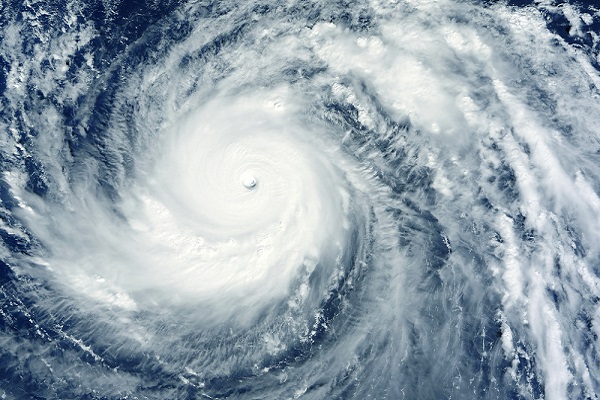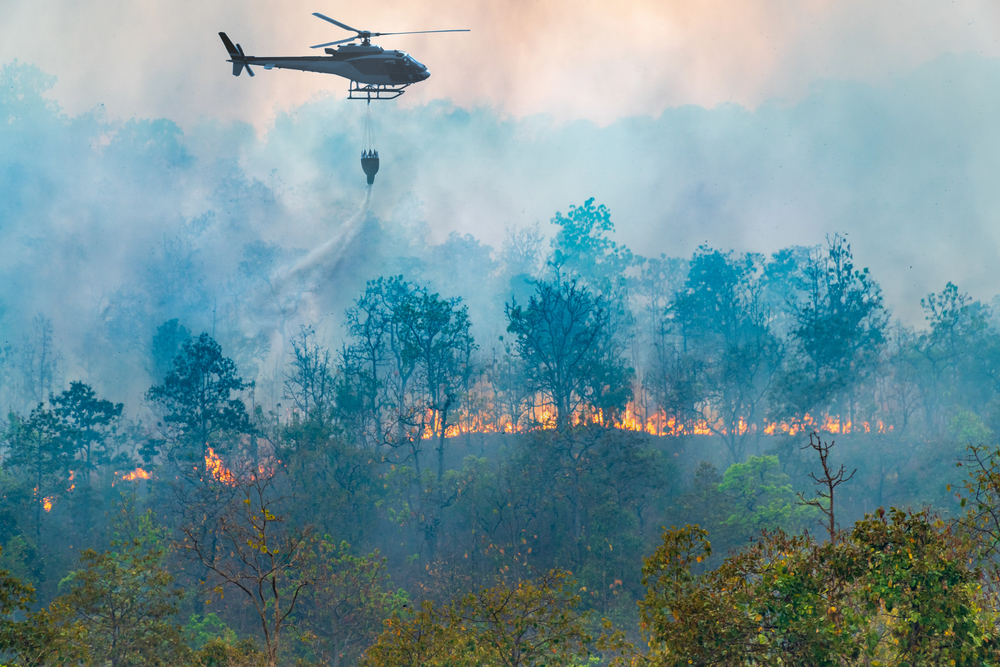2023 Hurricane Risk Report: 33 Million Homes Under Threat

By: Olivia Overman
Today, CoreLogic released the “2023 Hurricane Risk Report” which provides a detailed look at what’s at stake for the U.S. as the 2023 hurricane season commences.
The report quantifies the hurricane risk nationally and by specific major metropolitan area, as well as the number of homes that are at risk from hurricane damage and the potential reconstruction costs.
Nationally, more than 32 million single-family residences (SFRs) and 1 million multi-family residences (MFRs) are at moderate or more significant risk of sustaining damage from hurricane-force winds, according to the report. This damage is projected to have a combined reconstruction cost value (RCV) of $11.6 trillion. A total of 6.4 million homes are at an extreme risk level for hurricane-force wind damage at a cost of $1.8 trillion.
Additionally, approximately 7.8 million homes, with a combined RCV of $2.6 trillion, are susceptible to storm surge flooding due to their direct or indirect coastal exposure.
The report narrows the risks by metro area identifying more than 4.3 million SFRs and MFRs with a combined RCV of $2.4 trillion that are at risk to hurricane-force winds in the New York City metro area, including Newark and Jersey City in New Jersey. Other major metro areas susceptible to substantial hurricane wind risk include the Houston-Woodlands-Sugar Land and Miami-Ft. Lauderdale-Pompano Beach areas with 2.1 million SFRs and MFRs each, with a combined RCV of $649.8 and $585 billion, respectively.
And while the National Oceanic and Atmospheric Administration (NOAA) 2023 hurricane forecast calls for slightly fewer storms than 2022—between 12-17 named storms, 5-9 hurricanes, and 1-4 major hurricanes—it also indicates a 30% chance of 2023 being an above-normal season.
By 2050, homeowners further inland will be impacted more intensely by hurricane wind damage as storms travel further inland, exposing more homes to hurricane-force winds, the report said.
A changing climate change suggests that more powerful storms, a rise in sea level and warmer atmospheric temperatures will give hurricanes a greater capacity to hold more moisture while, simultaneously, warmer sea surface temperatures give storms the fuel to penetrate further inland to locations previously shielded from consequential damage.
“CoreLogic remains committed to empowering the industry with reliable insights and innovative solutions that help safeguard people, businesses and communities from the escalating impacts of climate change,” said Tom Larsen, senior director, CoreLogic Insurance Solutions. “Insurers and lenders should adapt to these changes by deepening their understanding of property risk, embracing proactive loss prevention measures and collaborating with stakeholders across the industry to ensure long-term resilience.”
Olivia Overman is IA content editor.










